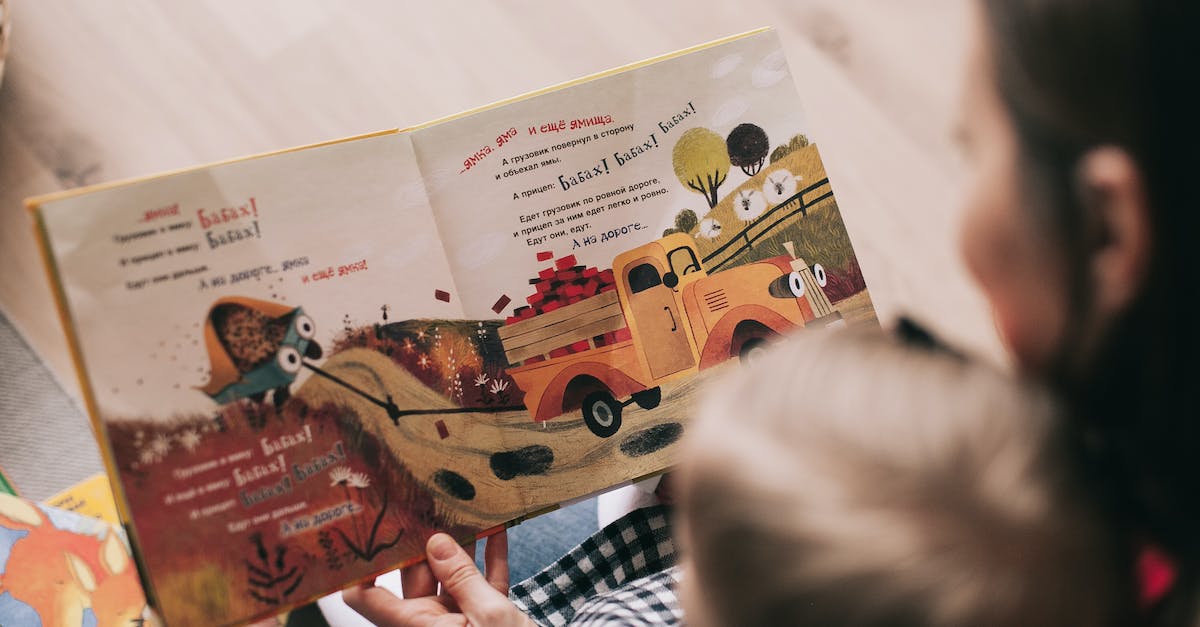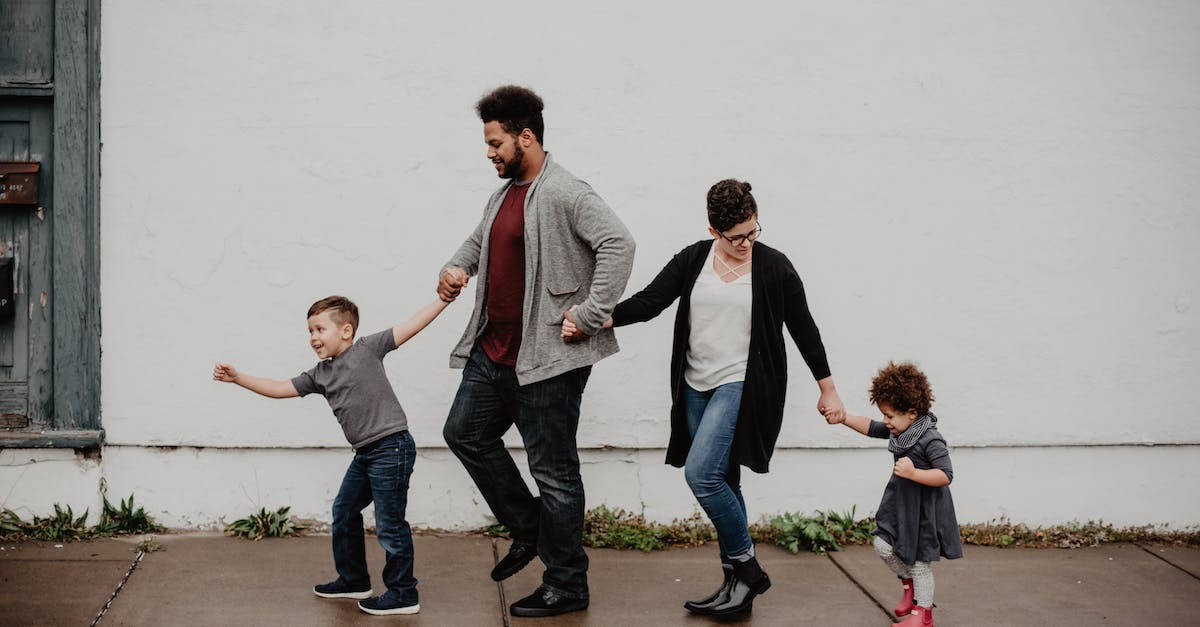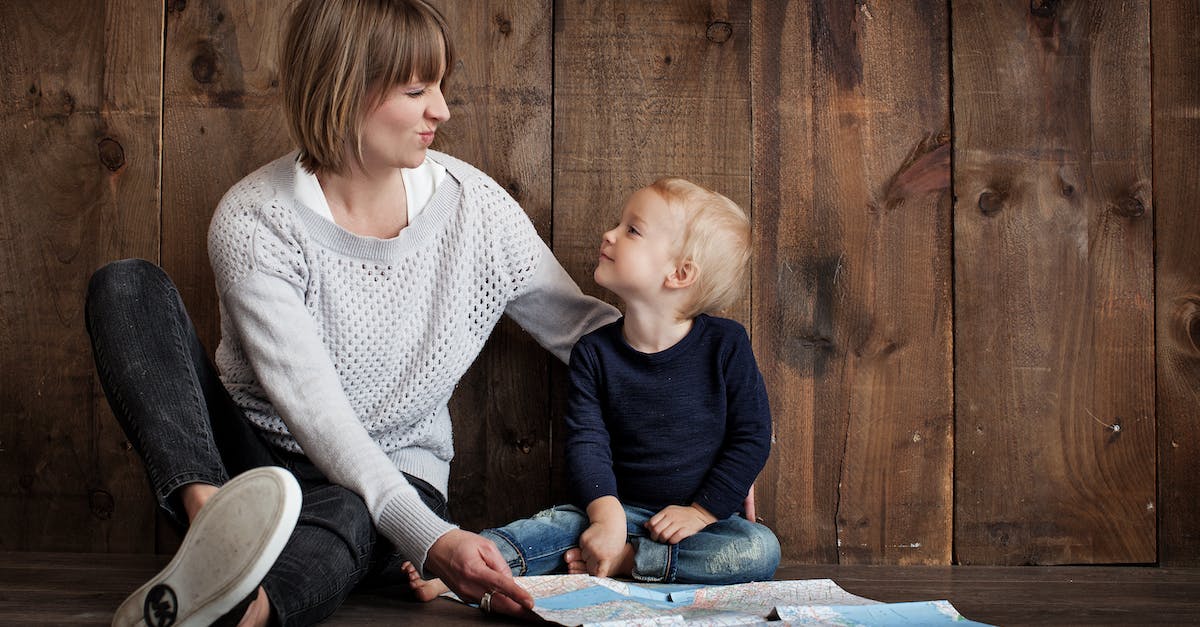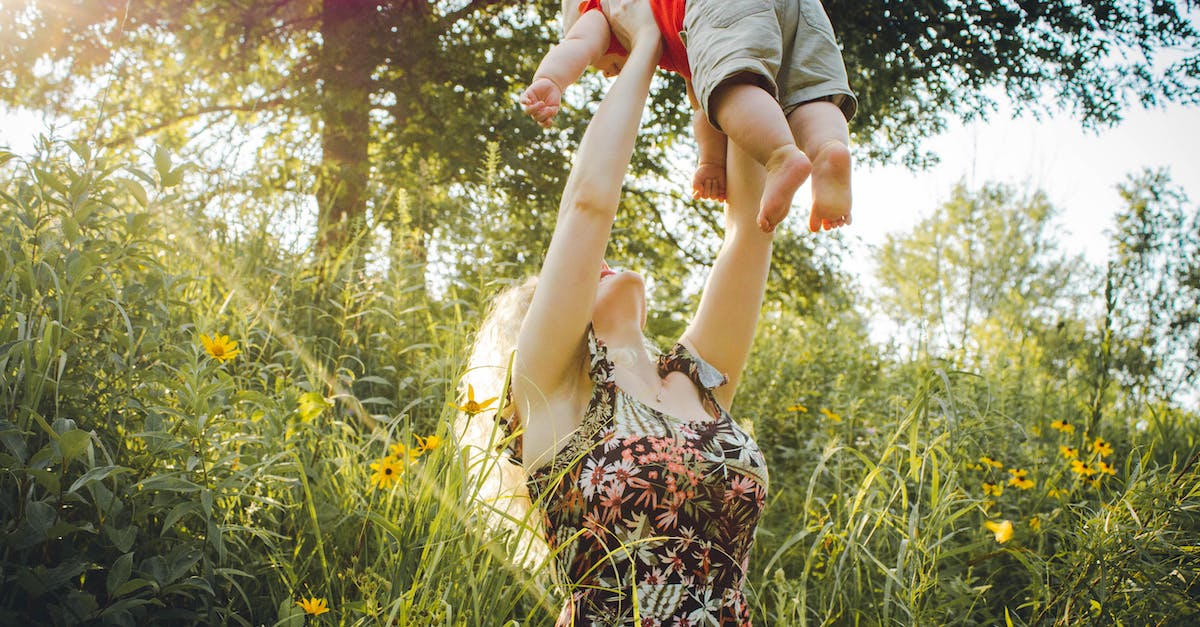When raising kids, it can be tough to find the right balance between discipline and love. Positive discipline is the perfect combination of both, teaching kids to make better choices while also nurturing their emotional development. As a mom, I’ve found that positive discipline is the key to helping my kids understand the importance of making good decisions and taking responsibility for their actions.
First and foremost, positive discipline focuses on positive reinforcement instead of punishment. Through positive reinforcement, kids learn that their behavior has consequences and that they can make better decisions in the future. Rewarding good behavior with praise and encouragement is a great way to keep kids motivated and engaged in the process.
At the same time, positive discipline also involves setting boundaries that are clear and consistent. Kids need to know what is expected of them and what will happen if they don’t comply. By establishing clear expectations, parents can help kids understand the importance of following rules and making responsible choices.
Finally, positive discipline means teaching kids the importance of problem-solving. Instead of punishing kids for misbehaving, parents should encourage them to think about how they could have handled the situation differently. Teaching kids to think critically and come up with creative solutions can help them develop important life skills.
As a mom, I’ve found that incorporating positive discipline strategies into my parenting style has been incredibly beneficial. Not only have I been able to raise my kids in a loving and nurturing environment, but they’ve also been able to learn the importance of making responsible decisions and following rules. So, let’s get started on the path to positive discipline!
Understanding Positive Discipline

Positive discipline is all about teaching your children how to make good choices and behave responsibly. It’s about helping them develop self-control and problem-solving skills – so that they can grow into happy, healthy, and successful adults.
Let’s start by taking a closer look at what positive discipline is all about. In essence, positive discipline is a way of parenting that focuses on the long-term development of your child. It encourages children to think and act responsibly, while still giving them the freedom to make mistakes and learn from them. It also emphasizes the importance of setting boundaries and providing consistent guidance and support.
Positive discipline is based on the idea that children are naturally curious and need guidance as they develop. It encourages parents to use praise and positive reinforcement to encourage good behavior and to avoid using physical punishment or threats. Instead, parents should take the time to explain why certain behaviors are inappropriate and discuss the consequences of those behaviors.
Positive discipline also emphasizes the importance of developing a strong relationship with your child. This means taking the time to listen to your child, understand their feelings, and give them your full attention when they need it. It also means providing a safe and nurturing environment for your child to grow in.
Finally, positive discipline emphasizes the importance of teaching problem-solving skills and encouraging children to take responsibility for their actions. This means teaching them how to think through their choices and come up with solutions to their problems.
So, there you have it – an overview of positive discipline and its key principles. Now, let’s get to work on putting these principles into practice!
Establishing Rules and Expectations

Establishing rules and expectations for your kids can be tricky. But it doesn’t have to be a daunting task. Here are some tips to help you make the process a breeze.
First, take the time to make sure your child understands the rules. Explain why the rule exists and why it is important. Make sure that your child understands the consequences if the rule is not followed.
Second, be consistent with your expectations. Consistency is key when it comes to disciplining your child. If you don’t follow through with the consequences each and every time, your child will eventually learn that they can get away with breaking the rules.
Third, use positive discipline. This means praising your child when they do something right, rather than punishing them when they do something wrong. For example, if your child is doing their homework, give them a pat on the back and tell them how proud you are of them.
Finally, have discussions with your child about the rules. This will help you ensure that your child understands why the rules are in place, and it will also help them feel involved in the process.
By following these tips, you can ensure that your child understands the importance of following the rules and expectations you have set for them.
Redirecting Children’s Behavior

Redirecting children’s behavior is an important part of positive discipline. It’s a way to help your child learn to recognize and modify their behavior in a constructive way. Here are some tips on redirecting your child’s behavior when they’re misbehaving.
- Offer Choices: Giving your child a choice between two activities or behaviors can help them make decisions and take ownership of their behavior. Instead of telling them to stop doing something, ask them if they’d like to do something else instead.
- Set Expectations: Make sure your child knows what is expected of them and what the consequences will be for not following the rules. When your child does something wrong, remind them of the expectations instead of just scolding them.
- Use Positive Reinforcement: Praising your child when they do something right can help them learn to modify their behavior. When they do something you don’t want them to do, redirect their behavior by giving them a positive alternative.
Redirecting your child’s behavior can be a great tool to help them learn how to make better choices and be more responsible for their actions. It may seem like a lot of work at first, but with some practice and consistency, you’ll be able to help your child learn positive discipline strategies that will last a lifetime.
Providing Appropriate Consequences

It’s natural for kids to be curious, adventurous, and sometimes even defiant. That’s why it’s so important to provide appropriate consequences when they do something wrong.
So how do you do that? Well, the first step is to remember that consequences should be proportional to the misbehavior. For example, if your son spills a glass of milk, it doesn’t make sense to punish him by taking away his favorite toy. Instead, you could make him clean up the mess he made.
Another important thing to remember is to stay consistent. If your son knows that there will be consequences for misbehavior, he’s less likely to do it again.
It’s also important to remember that consequences don’t have to be punitive. For example, if your daughter is having trouble getting her homework done on time, you could provide a reward if she finishes it by a certain deadline.
Finally, it’s important to remember that consequences should be tailored to the individual child. Every child is different, so it’s important to find a consequence that works for them.
So there you have it! Providing appropriate consequences is an important part of positive discipline. Just remember to stay consistent, tailor the consequences to the individual child, and make sure they’re proportional to the misbehavior.
Teaching Self-Regulation

You’re onto the final strategy of positive discipline – teaching self-regulation! It’s the ultimate goal of all your hard work and discipline strategies. Teaching your child to self-regulate is the key to their long-term success and happiness.
So, what does it mean to teach self-regulation? In a nutshell, it means teaching your child to recognize their own feelings and emotions and to manage them in a healthy way. It also means teaching your child to be responsible for their own behavior.
The most important thing to remember when teaching self-regulation is that it takes time. It’s not something that you can do overnight. It requires consistency, patience and lots of practice.
One way to get started is to model healthy self-regulation yourself. Show your child how you respond to your emotions in a thoughtful and constructive way. This will help them to develop the same skills.
You can also use positive reinforcement to help your child learn how to self-regulate. For example, if your child is having trouble controlling their emotions, praise them for making an effort to stay calm. This will encourage them to keep trying.
Finally, encourage your child to talk about their feelings. This can help them to process and understand their emotions, and to come up with healthy strategies to manage them.
There you have it – teaching self-regulation is the ultimate goal of any positive discipline strategy. With consistency, patience and lots of practice, your child will develop the skills they need to become a self-regulated individual.
Modeling Respectful Behavior

You know that old saying “actions speak louder than words”? Well, it’s especially true when teaching your kids respect. Kids learn by watching us and copying us, so it’s important to model the behavior we want to see in our children. That means being respectful and polite yourself, even when you’re having a disagreement.
When you’re talking to your kids, make sure to use polite language. Instead of saying, “stop that!” try, “please don’t do that.” When you’re talking to your kids, make sure to use “I” statements. Instead of saying “you’re not listening,” say, “I feel like you’re not listening to me.” This helps your kids understand that you’re expressing how you feel, rather than attacking them.
Also, be sure to give your kids the same respect that you expect from them. That means avoiding name-calling, sarcasm, or any other disrespectful behavior. A great way to practice this is to use positive language. Instead of saying “that was so stupid,” say, “let’s try that again.”
It’s also important to practice self-control. That means taking a few deep breaths and counting to ten before you respond to a situation. This will allow you to respond in a calm, respectful manner.
Finally, remember to show your kids that you respect them by listening to them. Ask them questions and really listen to what they have to say. This helps your kids feel heard and respected, which is a great way to teach them respect.
Modeling respectful behavior is a great way to teach your kids to be respectful. Show them that respect is more than just words – it’s also about your actions.
Responding with Empathy

You know that feeling when your kid just won’t listen to you no matter what you say? It can be really challenging and frustrating! But, have you ever tried using empathy when disciplining your child? It can be a powerful tool to help your child understand your point of view and learn to become more responsible.
Responding with empathy means understanding your child’s feelings and acknowledging them. For example, if your child is having a tantrum, instead of scolding them, try saying something like, “I know you’re angry, but throwing a tantrum won’t help. Let’s talk about what happened and find a better solution.” This shows your child that you are listening and trying to help, rather than just punishing them.
Another way to respond with empathy is to provide opportunities for your child to practice problem-solving skills. For instance, if your child is arguing with their sibling, encourage them to find a way to resolve the conflict without yelling or hitting. This teaches them important skills that they can use in the future.
One of the most effective ways to use empathy in discipline is to establish clear limits. Let your child know what behaviors are acceptable and what behaviors are not. Then, when they do something wrong, explain why it’s wrong and how they can do better next time.
Finally, it’s important to be consistent. If you tell your child one thing one day and something else the next, they won’t understand the consequences of their actions. Set clear expectations and stick to them.
Responding with empathy is a great way to discipline your child. It helps them understand your point of view and teaches them important skills that will help them in the future. So next time your kid isn’t listening, try using empathy and see the results!
Encouraging Positive Reinforcement

You’ve done it! You’ve decided to start disciplining your kids, and you’re ready to try positive reinforcement. You’ve come to the right place! Positive reinforcement is one of the most powerful tools in your parenting arsenal, and it’s so important to encourage positive behavior.
When you reward your kids for their good behavior, they’ll learn to associate positive behavior with positive outcomes. Here are 8 ways to encourage positive reinforcement in your kids:
- Acknowledge their accomplishments. When your kids do something well, be sure to recognize it! Whether it’s a job well done on a school project or a successful soccer practice, let them know that you’re proud of them.
- Offer rewards. Rewards don’t have to be sweets or gadgets – you can reward your kids with extra time for activities they enjoy or a special trip to the cinema.
- Give verbal praise. A simple “well done” or “good job” can go a long way in encouraging positive behavior.
- Use positive language. Instead of scolding them for misbehavior, try to use positive language. For example, “I know you can do better” instead of “you’re not doing this right.”
- Let them know they’re loved. Let your kids know that they’re loved, no matter what. Make sure they know that their successes and failures don’t change how you feel about them.
- Show them how to succeed. Show your kids how to succeed by modeling the behavior you want to see. If you’re teaching them to be kind to others, make sure you’re kind to them.
- Spend quality time with them. Quality time with your kids is a great way to build a positive relationship. Take the time to talk to them and listen to what they have to say.
- Celebrate successes. Celebrate your kids’ successes – even the small ones. Have a family dinner to celebrate their accomplishments, or take them out for ice cream.
Positive reinforcement is a powerful tool for disciplining your kids, and it can make a huge difference in their behavior. Use these tips to encourage positive reinforcement and create an environment where your kids feel safe and loved.
Conclusion
We’ve all had those days when trying to discipline our kids feels like an uphill battle. But with these positive discipline strategies, you can make it much easier to manage your children’s behavior. By setting clear expectations and providing positive reinforcement, you can help your kids learn important lessons while still having fun. With these strategies, you can help your kids develop a healthy attitude towards discipline and prevent any feelings of resentment or bitterness. So don’t give up! With a little patience and creativity, you can help your kids learn the importance of discipline in a positive way.
References:
- https://www.healthychildren.org/English/ages-stages/toddler/Pages/Positive-Discipline-Rules-for-Toddlers-and-Preschoolers.aspx
- https://www.cdc.gov/parents/essentials/discipline/positive.html
- https://www.cdc.gov/parents/essentials/positive-discipline/index.html
- https://www.parenting.com/discipline-strategies-for-children




